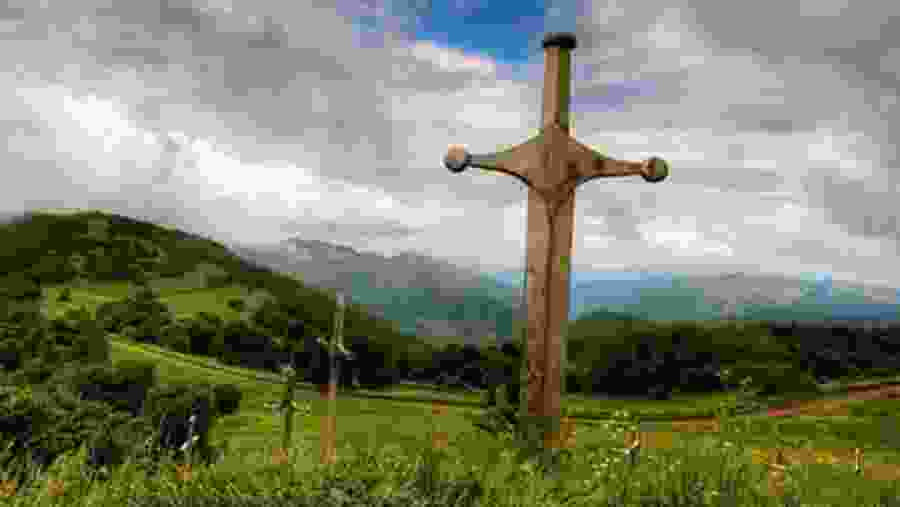4-Day History and Archaeology Tour in Dmanisi & Tbilisi
Highlights
Dmanisi, Tbilisi
battlefield, museums, sightseeing
Group Tour
4 Days
Easy
English, Russian
Description
Explore a famous Open-air Ethnographic museum, learn about the history of the Dmanisi Archaeological Museum and marvel at the architecture of Russian art theatre. Visit the Georgian Bread House to taste 'puri' and ride a cable car to the Narikala fortress. Travel to the Dmanisi Archaeological Museum and see the reconstructed models of the first Europeans - Mzia and Zezva.
Itinerary
-
Day 1: Arrival
Meet your tour guide upon arrival.
Let's begin our tour of the historical part of the city. Let's get acquainted with the main sights of the city, which are collected in the Old Tbilisi. Visit the Metekhi temple.
Take a cable car to the Narikala fortress. Going downstairs, let's go to the historic bathhouse district with the existing grey baths and visit the Karvasla Museum (Caravan Shed), Sioni Temple, and Anchiskhati Basilica.
Visit the Tsminda Sameba Church of the Holy Trinity and walk along David Agmashenebeli Avenue of the 18th century.
-
Day 2: Open Air Ethnographic Museum - Art Theater
Let's start our day with a visit to the museum. The Open-air ethnographic museum of Georgian folk architecture is located 3 km southwest of Tbilisi on Turtle Lake. This is one of the most visited museums in Georgia, which includes more than a hundred exhibits in its collection.
Visit the Georgian Bread House, where you will have a unique opportunity to see how the famous Georgian bread is baked; puri. Learn to prepare it yourself in the process.
The next stop will be on Mount Mtatsminda, a visit to the pantheon of Georgian writers and prominent figures, where the grave of A. Griboedov and his wife N. Chavchavadze is also located.
Finish our day at the theatre named after Griboyedov. Russian theatre in Georgia originates from the beginning of the XIX century. The theatre actively tours and successfully participates in international theatre festivals in the near and far abroad and has been the leader among the theatres of Georgia for the year in terms of the number of touring tours.
-
Day 3: Archaeological Museum Dmanisi - Museum of Literature
Visit the Dmanisi Archaeological Museum. By visiting the museum, we will be able to inspect the objects found in the archaeological excavations in Dmanisi, including reconstructed models of the first Europeans - Mzia and Zezva. The Dmanisi Museum is the first in Georgia. A visitor can observe archaeological work, become a possible participant in the new findings and get the latest information on the scientific discovery.
Go to Tanzania, an ancient village in the Bolnisi region. It was the residence of the owners of Kvemo Kartli. Here, we will visit the museum.
-
Day 4: Didgori- Art Valley - D.Sarajishvili Brandy Factory
See the site of the Didgori battle.
Visit the National Museum of Georgia, named after S. Janashia. The museum includes several buildings, where the world's most extensive collection of Urartian inscriptions (I millennium BC) and the bones of hominids inhabiting Dmanisi are represented.
Explore the famous cognac plant - D.Saradzhishvili, where they produce one of the best cognacs in the world. As a result of the tasting, you will learn the secret of the cognac aroma. Today, this technique is the hallmark of Georgian artists. Here you will have a unique opportunity to see and try to make unique jewellery yourself.
What's Included
What's Excluded
Know Before You Go
Cancellation Policy
-
For cancellations upto 2 days before the tour -
Refund of 80% of the tour price.
Price
| Adult | |
|---|---|
| 1 to 4 | /person |
| Child | |
| 1 to 4 | /person |
|
This is a group tour |
|




